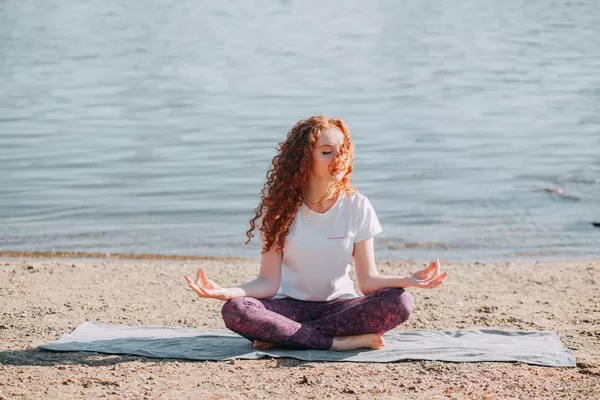Maintaining mental health isn’t just about physical health; it’s about incorporating exercises that uplift both body and mood. Whether it’s a leisurely walk or a vigorous run, regular physical activity can alleviate symptoms of depression and anxiety, while also enhancing pain tolerance over time.
Here are the top five exercises to focus on this year, without the need for a gym membership, offering a holistic approach to physical and mental well-being.
Why Exercise for Mental Health?
Exercise goes beyond physical benefits; it fosters a positive self-perception and contributes to improved mental well-being. The scope of exercise encompasses more than just gym sessions, as any movement can enhance mental wellness. No need to leave your home; the key is to get moving.
Benefits of Exercise on Mental Health:
- Improved body image
- Enhanced mood
- Lowered depression and anxiety symptoms
- Reduced symptoms of ADHD
- Boosted self-esteem
- Sense of accomplishment
- Increased self-confidence
- Feelings of pride
There’s no one-size-fits-all approach to exercise for mental health, providing flexibility to find activities that suit individual lifestyles. Researchers emphasize that while any movement counts, increasing the frequency of exercise yields greater benefits.
Exercises to Enhance Mental Health
1. Walking:
A simple yet effective mental health exercise, walking requires no specialized equipment and can be done anywhere. It helps alleviate stress, anxiety, and promotes positive thoughts. Even a brief 15-minute walk has been shown to decrease the risk of depression by 26%.
2. Running:
For a more intense workout, running releases endorphins, creating a “runner’s high.” Studies suggest outdoor running as an alternative treatment for depression, contributing to improved sleep quality essential for managing anxiety and depression symptoms.
3. Strength Training:
Building muscle can complement mental health improvement. Strength training need not involve gym equipment; free weights, resistance bands, and body weight exercises can be done at home, offering a sense of achievement in meeting strength goals.
4. Yoga:
Beyond physical movement, yoga combines reflection and meditation. By focusing on controlled breathing, yoga activates the parasympathetic nervous system, promoting relaxation and aiding in breaking thought loops and negative thinking.
5. Dancing:
Dancing is a dynamic exercise that significantly reduces anxiety and boosts self-esteem. With various dance styles to choose from, virtual dance classes provide a convenient way to engage in this activity, fostering social interactions and potential friendships.
Practical Tips to Start Exercising for Mental Health
Initiating a regular exercise routine may seem daunting, but these practical tips can ease the process:
- Choose an activity you enjoy, reframing exercise as a wellness tool.
- Set realistic goals to avoid potential negative impacts on mental health.
- Reward yourself for completing workouts, reinforcing the habit positively.
- Make exercise a social activity by involving friends for added accountability.
- While exercise is a valuable tool for managing everyday mental health symptoms, it is essential to note that it does not replace therapy and medication for individuals who rely on these interventions.





















